by Michael Haskew
Among the French soldiers awaiting the signal to assault German positions at Belloy-en Santerre during the Battle of the Somme, American poet Alan Seeger no doubt contemplated his probable fate on July 4, 1916, ironically the holiday celebrating the independence of his native United States. Born on June 22, 1888, Seeger had graduated from Harvard University in 1910 and lived for a while in the Greenwich Village area of New York City. He then moved to Paris and enjoyed the lifestyle of a young bohemian.
[text_ad]
On August 24, 1914, shortly after the outbreak of World War I, Seeger enlisted in the French Foreign Legion, apparently unable to join the regular army because he was not a French citizen. As the war progressed, he found himself at the front and in the midst of one of the bloodiest battles in military history.
The uncle of folk singer Pete Seeger, the 28-year-old soldier had written poetry prior to and during his time in the Foreign Legion. He also kept a diary of his wartime experiences and wrote numerous letters. One letter written to a friend just prior to the action at Belloy-en Santerre reads, “We go up to the attack tomorrow. This will probably be the biggest thing yet. We are to have the honor of marching in the first wave. I will write you soon if I get through all right. If not, my only earthly care is for my poems. I am glad to be going in the first wave. If you are in this thing at all it is best to be in to the limit. And this is the supreme experience.”
I Have a Rendezvous With Death
Perhaps Alan Seeger’s best known poem, a favorite of President John F. Kennedy, is an eerie foreshadowing of the poet’s own wartime fate. I Have a Rendezvous with Death reads in part:
I have a rendezvous with Death
At some disputed barricade,
When Spring comes back with rustling shade
And apple-blossoms fill the air-
I have a rendezvous with Death
When Spring brings back blue days and fair.
A friend of Seeger’s was with a nearby unit that July day in 1916, and later remembered the moments leading up to the assault at Belloy-en Santerre. “About 4 o’clock the order came to get ready for the attack…The companies forming the first wave were deployed on the plain. Bayonets glittered in the air above the corn, already quite tall…After the first bound forward, we lay flat on the ground, and I saw the first section advancing beyond us and making toward the extreme right of the village…I caught sight of Seeger and called to him, making a sign with my hand. He answered with a smile. Soon he disappeared and that was the last time I saw my friend.”
Like so many other brave Allied soldiers at the Somme, Seeger was reportedly hit by machine gun fire and died while still exhorting his comrades to advance. His body was later recovered and buried along with 4,200 others in the French national cemetery at Lihons, not far from the now peaceful field where he fell. He had been true to the final line of his prophetic poem, I shall not fail that rendezvous.
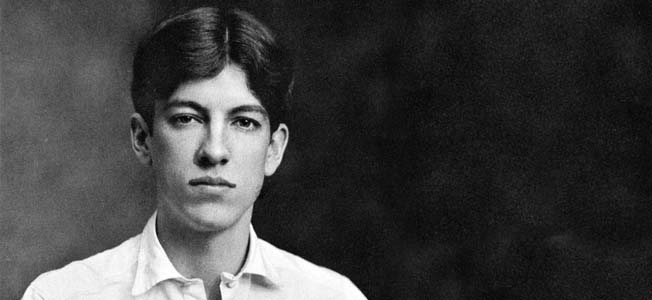
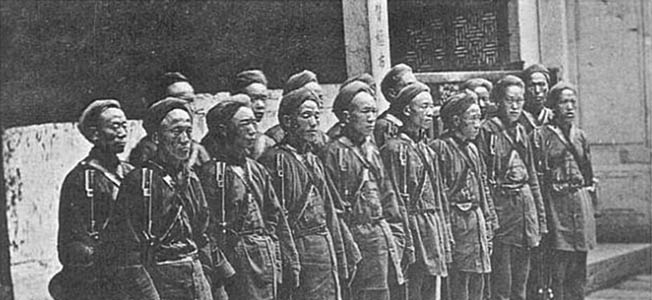
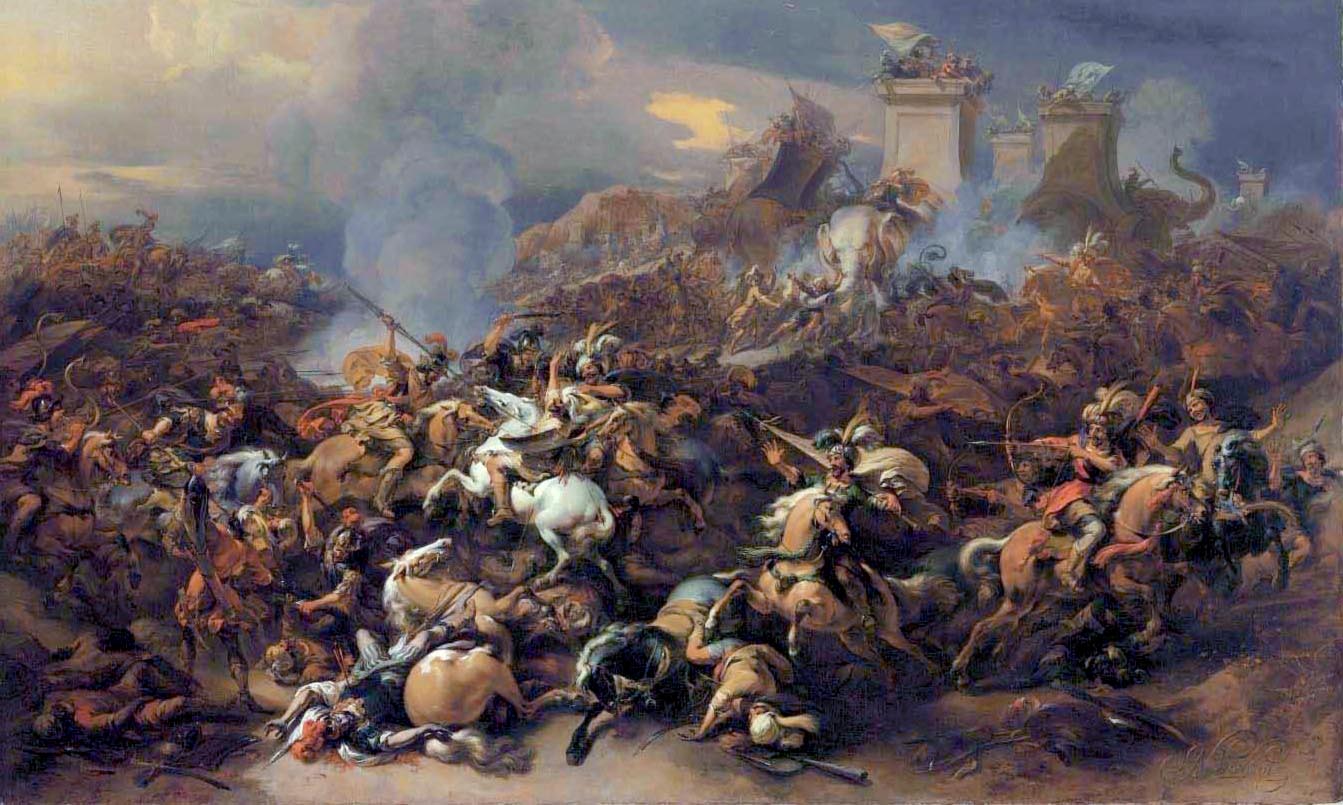
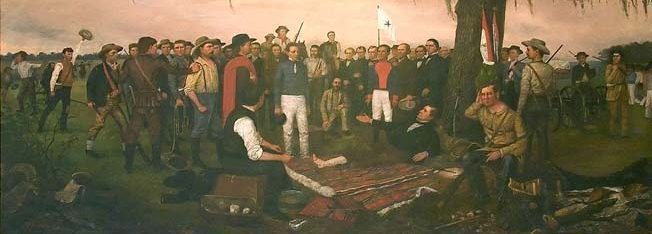
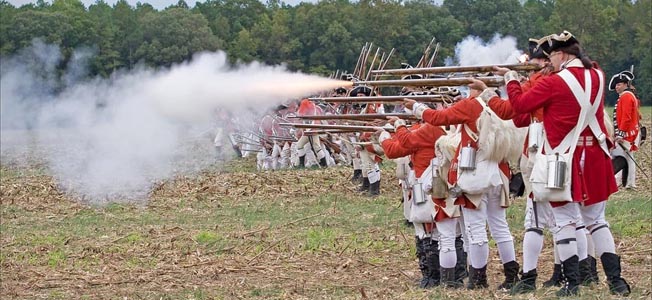

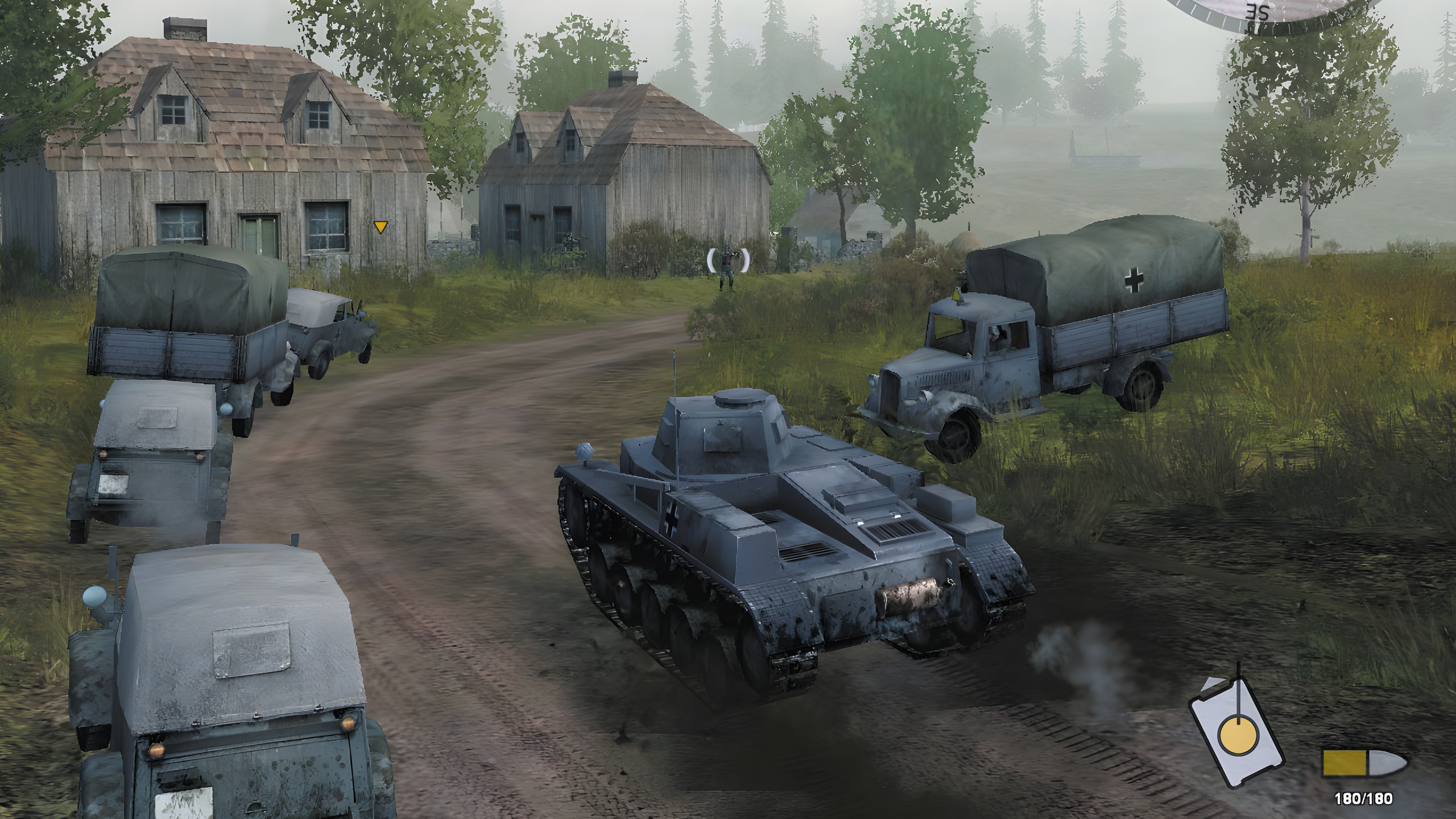
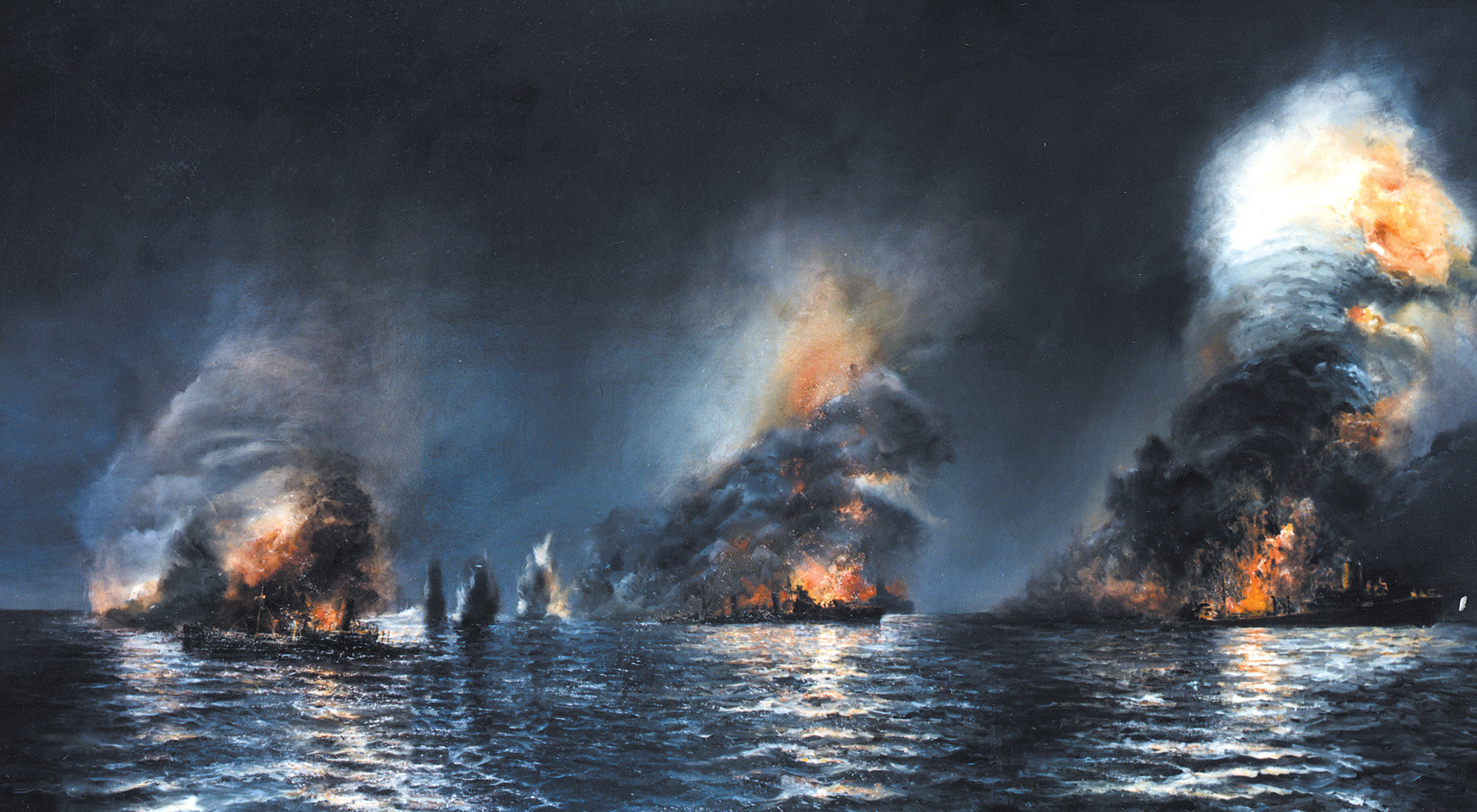
Join The Conversation
Comments
View All Comments